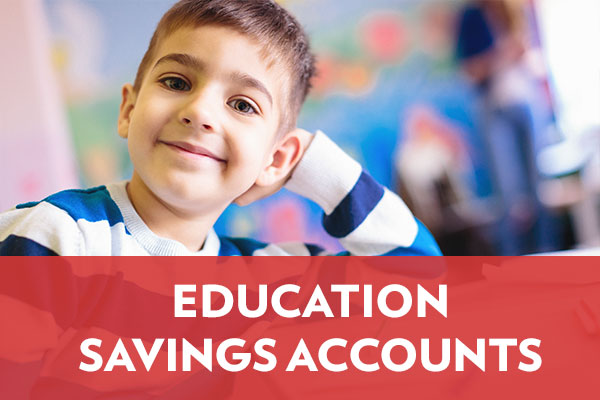Media

ESAs: The Future of Education
“Hold the pickles, hold the lettuce. Special orders don’t upset us. All we ask is that you let us serve it your way.” This Burger King jingle from the 1970s highlighted your ability to customize your order at the fast food chain—a departure from other restaurants. Nowadays no U.S. restaurant would think of telling its customers they can’t special order their meals.
Let’s face it. Americans expect to be able to customize nearly every good and service they purchase. When it comes to cell phones, computers, appliances, cars—even doctors, lawyers, and entertainment options—people expect a multitude of options. One glaring exception is in K-12 education.
Since economist Milton Friedman introduced the idea of school vouchers in 1955, there has been modest progress. The first modern voucher program was the Milwaukee Parental Choice Program in 1990. Public charter schools were launched in Minnesota two years later. In 2001, Pennsylvania became the first state to offer tax credit scholarships.
These programs have opened new opportunities for millions of students around the country. But for many—especially poor and minority students—the zip code assigned public school is still the only option.
That could soon change. Education savings accounts (ESAs), like those proposed by SB 2 and HB 2228, are poised to revolutionize education throughout Pennsylvania and around the country. By empowering parents to choose the path that best suits their children, ESAs will bring education to the 21st century.
People 100 years ago couldn’t imagine laptops, cell phones, or self-driving cars; likewise, it’s nearly impossible for those of us who grew up with the current education system to imagine the possibilities that exist with ESAs.
- Florida teachers, frustrated by bureaucracy, are opening their own schools thanks to ESAs.
- Hybrid homeschooling, a growing trend, will be accessible to many more students with ESAs.
- Micro schools are popping up around the country and could be very successful in areas that currently lack alternatives to the local public school.
- Students will be able to access the best teachers in the world via online classes paid for with ESAs.
- As ESAs become more widespread, new options will be developed—things that would currently sound as impossible to us as an iPhone seemed just 20 years ago.
Communities—large and small, rural and urban—will see new options become available once parents have access to ESAs. The possibilities are enormous and exciting. Just like that old Burger King jingle, education savings accounts will allow families to “have it their way” when it comes to education. Will Pennsylvania lead or follow?